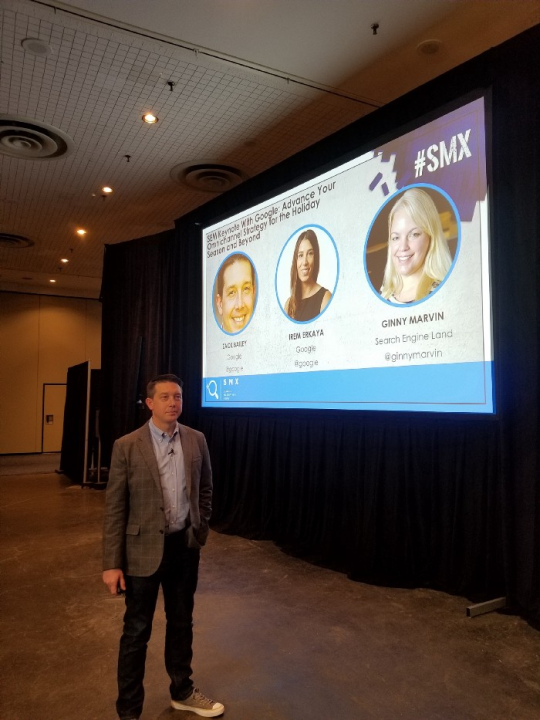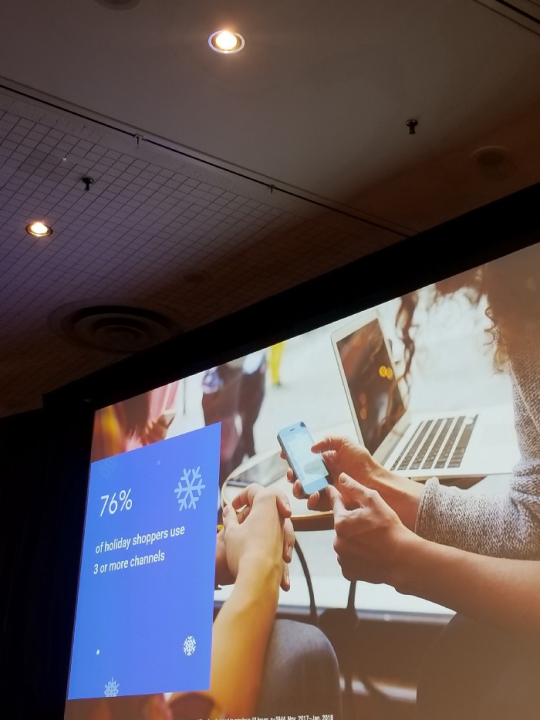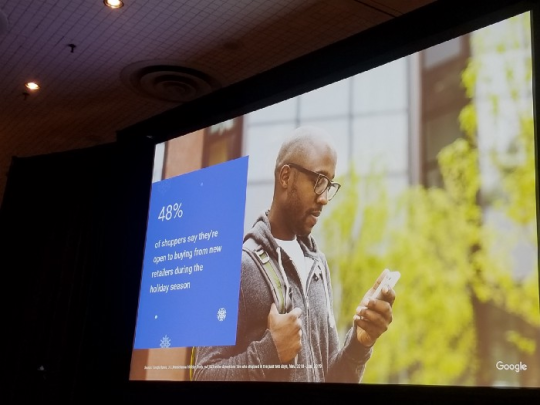How Voice is Disrupting Marketing & Customer Experience
I recently covered Voice Summit the largest voice tech conference that brings the conversational design ecosystem together in one place.

The conference was hosted at New Jersey Institute of Technology.
I was amazed about the impact voice technology will have on our lives. According to comscore.com, Voice search will account for 50 % of all search results by 2020.
sources designmatic https://www.jeffbullas.com/small-business-trends/
Voice technology is already in use in many home devices such as Amazon Alexa and Google home. Voice applications are already available in many smartphones as we can use our voice to dictate messages along with smartphone assistants Siri, Google and Bixby.
Home owners can use voice to operate things in their home.
Voice is at the very infancy of its capabilities. People will be able to use their Alexa or Google Home to start their cars and adjust the temperature as well as other commands. Mercedes Benz is implementing a digital assistant in their newer vehicles.
People will be able to dictate a search as opposed to having to open google and type what they are looking for. Voice provides brands and businesses with an opportunity to improve customer experience. However, brands are not currently equipped to serve up content and engagement using voice.
Voice is at the beginning of the technology life cycle. Many believe that voice will be another channel added to the omnichannel experience. Others think that it will overtake existing channel. Bret Kinsella of voicebot.ai discussed the data behind the companies in voice, the technology, its adoption and market growth prospects in his talk Voice Platform wars.
In terms of how Voice is changing marketing, it is on marketers to find new ways to engage their customers using voice. Rob Bennett CEO of rehab agency discusses the impact of Voice technology in Marketing.
CMOs need to incorporate voice into the marketing mix along with the other channels.
Jeff Rhores, Mike Darne, Wilson Tang and Chris Vennard share how they use Voice in their business and its potential for brands.
In terms of SEO and buyer personas, they also need to be built for Voice. Duane Forrester discusses how brands can create a voice optimization strategy and brand personas.
The debate is still out on whether voice will replace social media. Brandon Kaplan of Skilled Creative discusses how voice will replace Social Media and ways Brands can create Voice experiences for their customers.
Voice is an exciting technology and it will be interesting to see how it changes Marketing and how we interact with our world.
How are you using Voice technology? Comment and share below.











